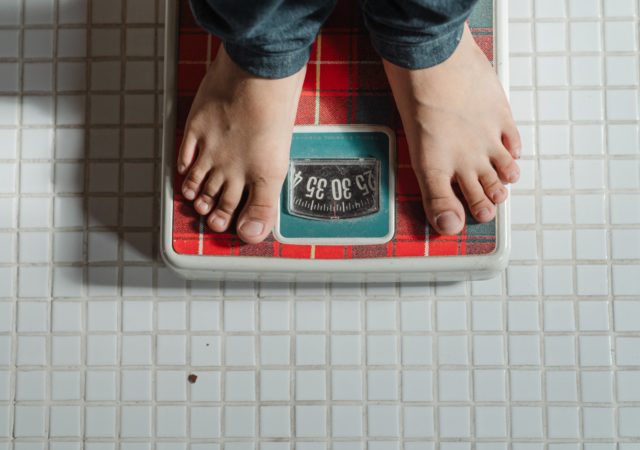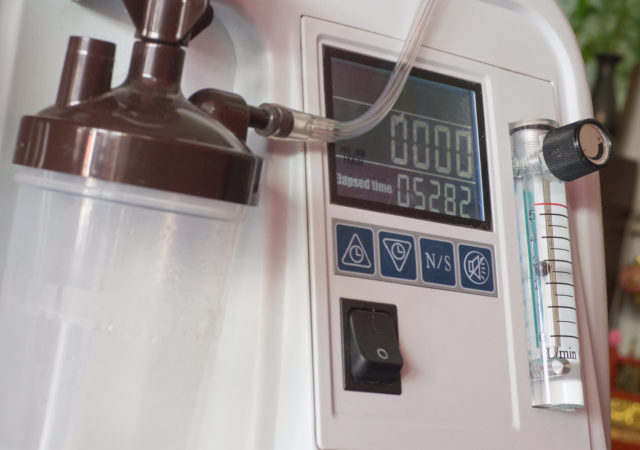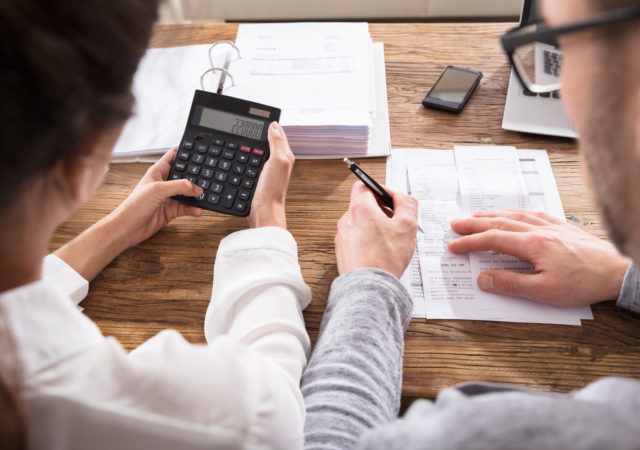On average, credit cards carry an APR of over 17%. So, if you have multiple credit cards with outstanding balances, it’s likely that you will have to make hefty interest payments, while still carrying your principal from month to month. Some credit card holders manage to successfully get out of debt by getting a balance transfer credit card that offers an introductory 0% APR for a few months.
However, if your debt is more than the approved credit limit for the new card, it’s unlikely that you will be able to repay it completely. A more reliable and predictable way to get out of debt is by getting a personal loan.
How to Use a Personal Loan to Get out Of Debt
The major benefits of taking a personal loan to consolidate your debts are that the interest rates are a lot lower than that of credit cards and your monthly repayments are fixed, helping you plan your budget accordingly. So, all you need to do is keep making the monthly payments towards the loan. At the end of the loan tenure, you will be free of your debt, provided you don’t skip any payments. Here’s what you need to do when taking a personal loan to repay your outstanding debts:
Compare loan offers: The best way to get the most cost-effective personal loan is by comparing the various loan offers available to you. Make sure to also apply for pre-approval since you will receive more details about the loan, making it easy to compare loan offers.
Create a budget and stick to it: Once you get a personal loan, it is important to create a budget and a spending plan and stick to it.
Limit or stop using your credit cards: Getting a personal loan to pay down your debts won’t work if you continue using your credit cards. So ensure that you either limit using your cards or put them away so you don’t use them at all.
Once you’ve repaid your debts, consider keeping your credit accounts open even if you don’t use your credit cards, since having unutilized credit can positively impact your credit utilization score and the length of your credit accounts.








